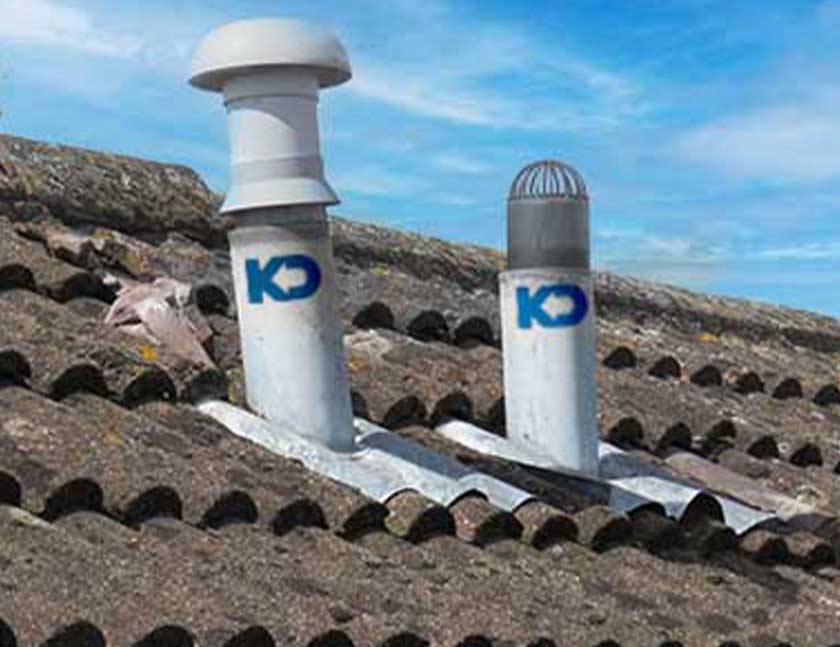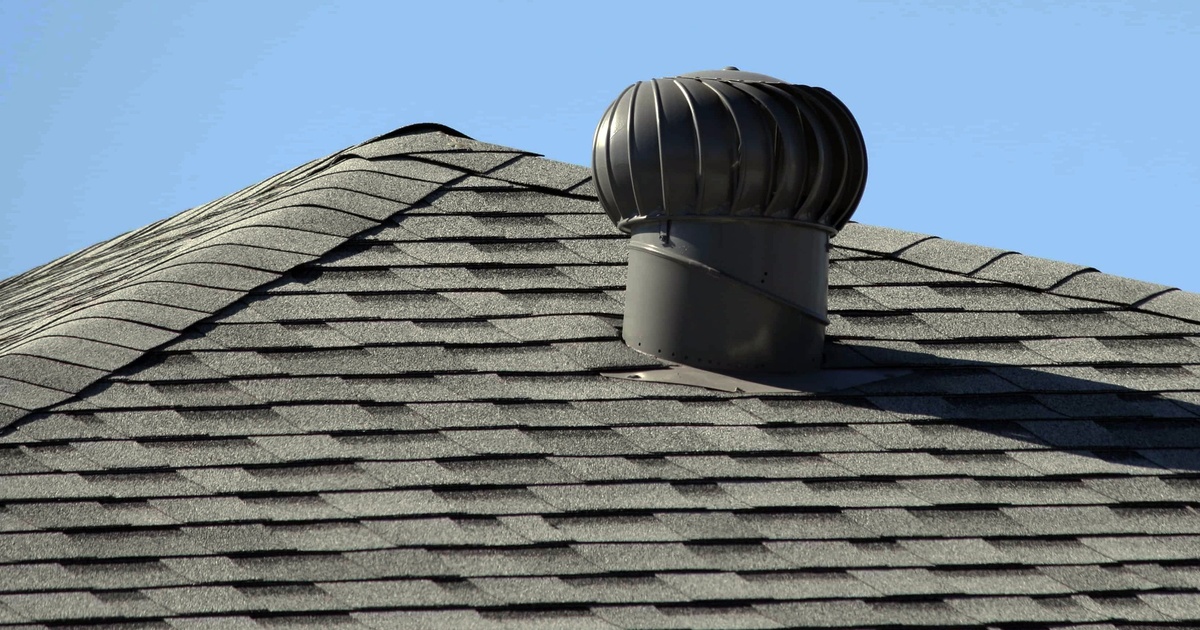Here further down you can locate a good deal of good quality information and facts in regards to Why Plumbing Air Vents Are Important.

Appropriate air flow in pipes systems is typically overlooked, yet it is critical for keeping the functionality and security of your home's plumbing. Ventilation aids manage atmospheric pressure, protect against the build-up of damaging gases, and ensure the reliable removal of waste. In this overview, we will check out the value of appropriate plumbing air flow, just how it functions, and the benefits it gives your pipes system.
Recognizing Air Flow in Plumbing
Air flow in plumbing describes the network of pipelines that allow air to stream with the drain system. These vents offer numerous objectives, consisting of controling atmospheric pressure within the pipelines, avoiding sewage system gases from getting in the home, and assisting in the smooth circulation of wastewater.
Exactly How Air Flow Works in Pipes Solutions
Air Pressure Regulation
Appropriate air flow maintains well balanced air pressure within the plumbing system. When water flows via pipes, it displaces air. Without ample ventilation, this displacement can create negative stress, bring about slow drains pipes or siphoning of water from catches, which can trigger undesirable odors to seep right into the home.
Avoiding Sewer Gas Buildup
One of one of the most vital features of plumbing vents is to stop drain gases, such as methane and hydrogen sulfide, from collecting within the home. These gases can pose significant wellness threats and are highly flammable. Vent pipelines permit these gases to get away safely outside.
Assisting in Waste Elimination
Air flow helps in the effective removal of wastewater by preventing airlocks in the water drainage system. When air can stream easily via the vents, it allows water and waste to flow smoothly through the pipelines, reducing the threat of blockages and backups.
Types of Plumbing Vents
Main Heap Vent
The main stack vent, additionally known as the vent stack, is the main air vent in a pipes system. It prolongs from the primary drainpipe line up via the roofing, enabling gases to get away and fresh air to go into the system.
Branch Vent
Branch vents connect to the primary pile vent and offer specific fixtures, such as sinks, commodes, and showers. These vents make certain that each component has appropriate ventilation to operate effectively.
Air Admission Valve (AAV).
An Air Admission Shutoff (AAV) is a one-way valve that permits air to enter the pipes system without the demand for a typical vent pipe expanding via the roof. AAVs are generally utilized in improvements or areas where setting up a common air vent is impractical.
Indicators of Poor Ventilation in Plumbing.
Slow Draining Fixtures.
If your sinks, tubs, or bathrooms are draining pipes slowly, it could be a sign of inadequate ventilation. Insufficient air circulation can create a vacuum result, making it difficult for water to drain correctly.
Gurgling Sounds.
Gurgling noises originating from drains are usually an outcome of air being drawn with water traps as a result of adverse stress in the pipes. This is a clear indication of inadequate ventilation.
Unpleasant Odors.
Sewage system smells inside your home are a red flag that your plumbing system is not effectively ventilated. This can imply that drain gases are not being effectively vented outside, leading to potentially unsafe conditions.
Typical Ventilation Errors.
Insufficient Vent Sizing.
Utilizing undersized vent pipes can bring about bad air circulation and pressure discrepancies in the system. It's vital to make use of vents that satisfy the specific demands of your plumbing system.
Improper Vent Placement.
Placing vents too much from the components they offer can lower their performance. Appropriate positioning makes sure that air can stream easily and effectively through the system.
Disregarding Code Needs.
Building codes give specific standards for pipes air flow. Neglecting these codes can lead to a system that fails to function correctly and might lead to pricey fixings or carcinogen.
Advantages of Appropriate Ventilation.
Enhanced System Effectiveness.
Appropriately ventilated plumbing systems operate much more successfully, with less obstructions, faster draining, and less stress on the pipelines. This effectiveness expands the life expectancy of the pipes system.
Improved Air High Quality.
By protecting against drain gases from entering your home, proper air flow adds to far better interior air high quality, making your living atmosphere healthier and more comfortable.
Avoiding Water Damage.
Appropriate air flow assists stop water from being siphoned out of catches, which can cause sewage system gases going into the home and triggering water damages over time.
Steps to Make Certain Proper Ventilation.
Consulting Plumbing Codes.
Constantly consult local pipes codes when designing or modifying your pipes system. These codes provide the essential guidelines for appropriate airing vent and ensure your system fulfills safety requirements.
Regular Assessment and Maintenance.
Normal evaluations can aid recognize prospective ventilation problems prior to they end up being major problems. Maintenance tasks, such as cleansing air vent pipes and looking for clogs, are important for maintaining the system in good working order.
Specialist Installment.
For new setups or major adjustments, it's important to hire a professional plumber. They have the knowledge to make certain the ventilation system is properly created and mounted according to code.
Verdict.
Proper ventilation is an important element of any pipes system, making sure that it operates effectively and securely. By understanding the value of ventilation, identifying the indications of inadequate ventilation, and taking actions to preserve your system, you can prevent pricey concerns and shield your home's air high quality.
4 Things You Should Know About Your Plumbing Vents
What Plumbing Vents Are
Also called a vent stack, a plumbing vent is a vertical pipe attached to your drain line that runs through your roof. The plumbing vent pipe, or plumbing air vent, removes gas and odors from your plumbing system and allows fresh air to enter the pipes, helping the water to flow out of the drain pipes.
What Plumbing Vents Do
Plumbing vents have two basic functions. One of which is to allow unpleasant smelling wastewater and sewer gasses to escape your plumbing system instead of entering your home. Plumbing vent pipes are typically located on roofs, away from windows, to ensure the fumes exit the home completely.
The other function of the plumbing vent is to move fresh air into your plumbing system. This helps move water through every plumbing fixture in your house, like toilets and sink drains. Think of the way in which you need to let a little air into the bottle as you pour soda in order to make the drink flow smoothly.
Different Types of Plumbing Vents
True vent: This is the most common vent option. In simplest terms, a true vent is a vertical pipe attached to your drain line that exits through the roof. They often function as the main vent that other fixtures can connect to. Re-vent pipe or auxiliary vent: Attached to the drain line near specific plumbing fixtures, re-vent pipes run up and over to connect to the main vent. Common vent: Two plumbing fixtures installed on opposite sides of a wall are typically tied into the vent stack using something known as a sanitary cross. Wet vent: This venting option operates as a drain pipe and a vent at the same time. Wet vent drainage systems drain water from one fixture while venting the air from another. Although they’ve been used for over 100 years, wet vent systems have only recently been added to the plumbing code in many areas. If you’re planning on installing one in a bathroom remodel, make sure you check your local code prior to construction. Loop vent: For free-standing fixtures like kitchen island sinks, loop vents are ideal. These vent pipes run under the floor, rise from the P-trap, and create a loop inside the cabinet sink. Air admittance valve: An AAV is a one-way mechanical valve typically installed at the site of the plumbing fixture. AAVs allow venting to occur without having to tie into a larger venting system. They’re ideal for venting fixtures where you aren’t able to easily connect to an existing vent system. Common Plumbing Vent Issues
Although vent pipes typically don’t have water flowing through them, they’re still subject to many typical plumbing issues. For example, clogs are one of the most common problems associated with sewer vent pipes. If your vent pipe gets clogged, all of your plumbing fixtures tied into the vent stack will be affected.
A sink with a slow drain that bubbles and gurgles or a strong sewage smell around your toilet are both indicators that your toilet vent pipe is clogged. Because most vent pipes exit through the roof, old leaves, twigs or even a bird’s nest could be clogging the pipe.
Clogs in your vent pipe system cause a buildup of negative pressure, meaning that water won’t be able to flow out of your home very well. It’s similar to putting your finger over the opening of a straw to trap water inside. When you remove your finger, the water is able to flow out of the straw.
If you suspect you have any blockage in your vent, make sure you have a professional come examine the situation. Left unchecked, a blocked air vent can lead to other costly repairs, like leaks and sediment buildup.
Under Pressure
Pipe vents are essential aspects of a home’s plumbing system. Owning a home means learning about all sorts of things you never put much thought into before. But by understanding as much as you can about the important systems of your home, you can keep those budgets intact and those anxiety levels low.
https://www.homeserve.com/en-us/blog/home-improvement/plumbing-vents/

As a serious reader on , I was thinking sharing that piece of content was a smart idea. Do you know another individual who is involved in the niche? Please feel free to share it. Thank you for your time spent reading it.
Click Here